UT Austin team proposes novel approach to suppress polysulfide shuttle in Li-S batteries
Green Car Congress
NOVEMBER 28, 2018
Researchers at the University of Texas at Austin are proposing a novel approach to suppress the “polysulfide shuttle” in Li-S batteries—a freestanding, three-dimensional graphene/1T MoS 2 (3DG/TM) heterostructure with highly efficient electrocatalysis for lithium polysulfides (LiPSs). after 200 cycles. doi: 10.1039/C8EE03252A.







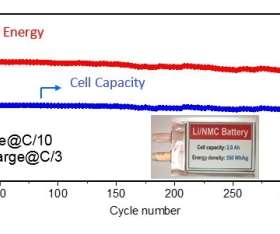


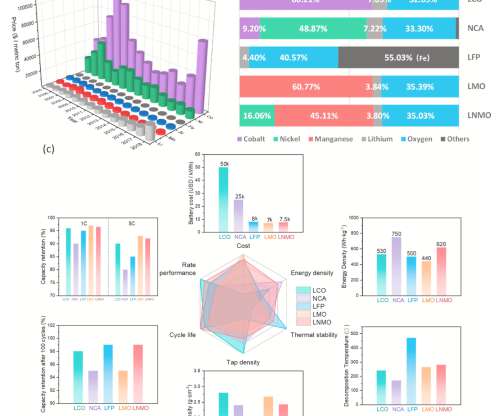












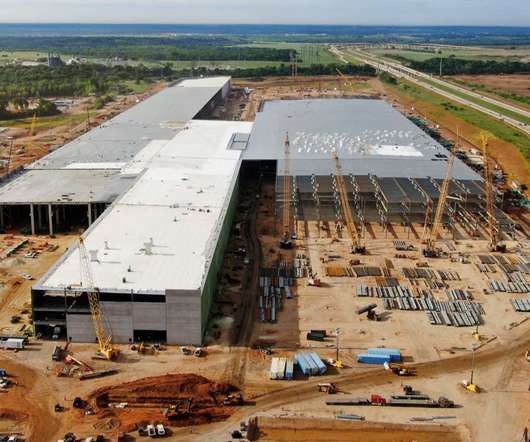
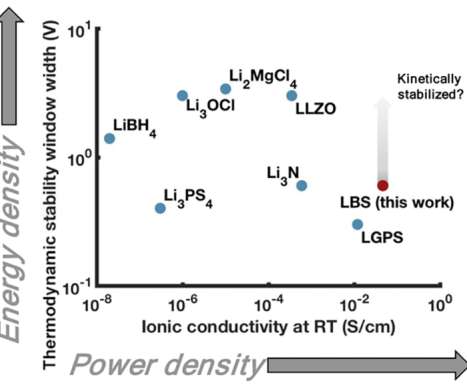
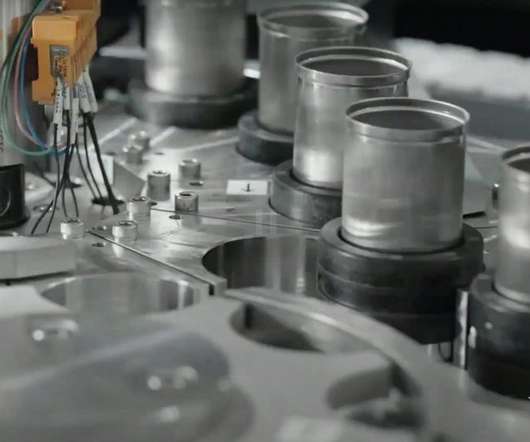













Let's personalize your content